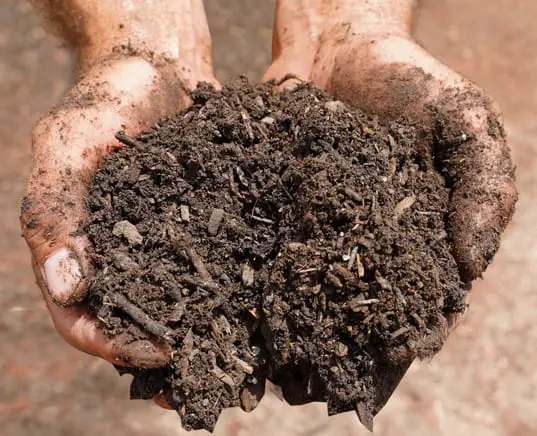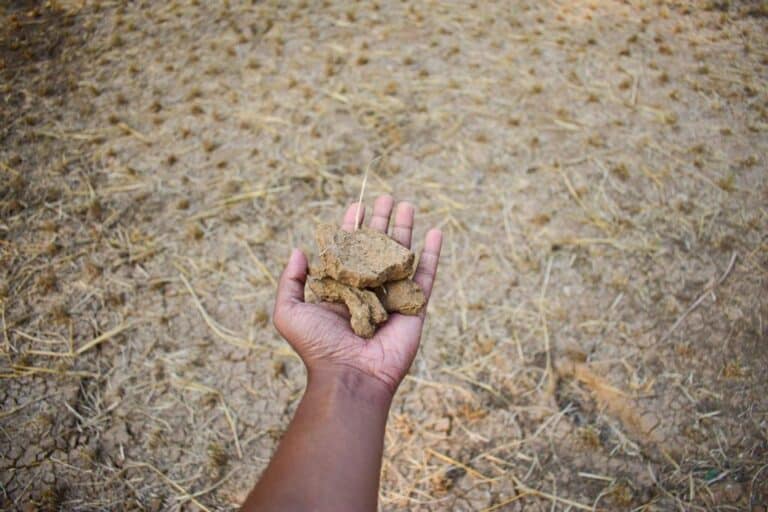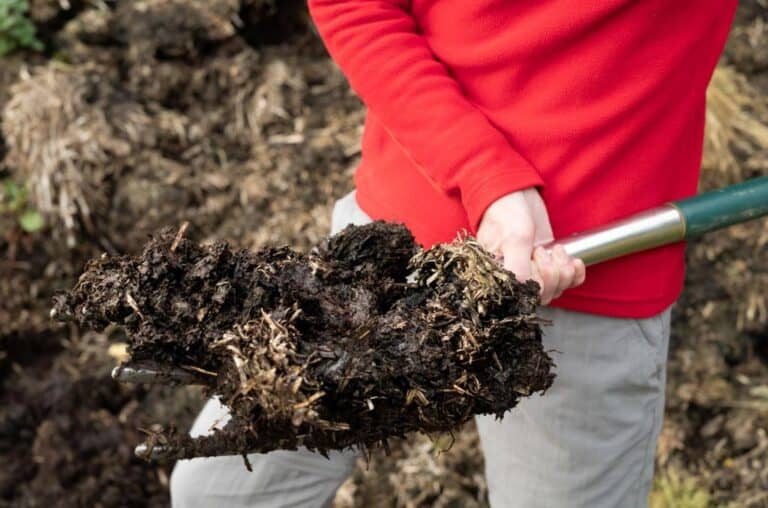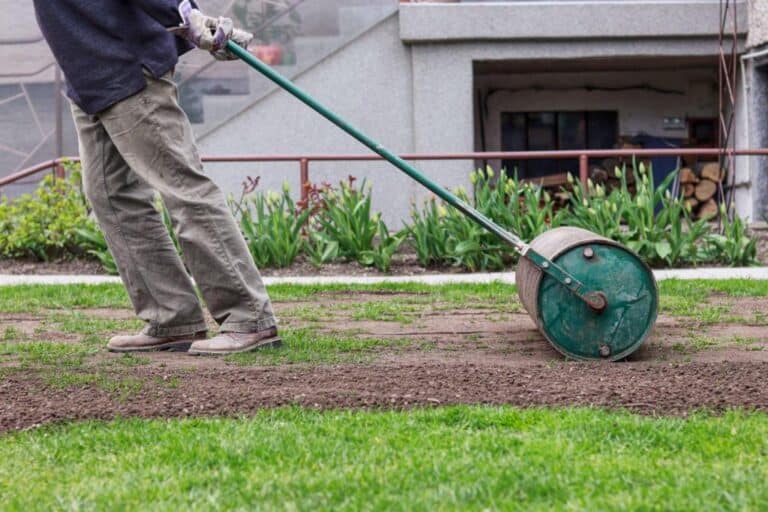Do I Need To Remove Dead Weeds Before Seeding? Seed Your Garden Right
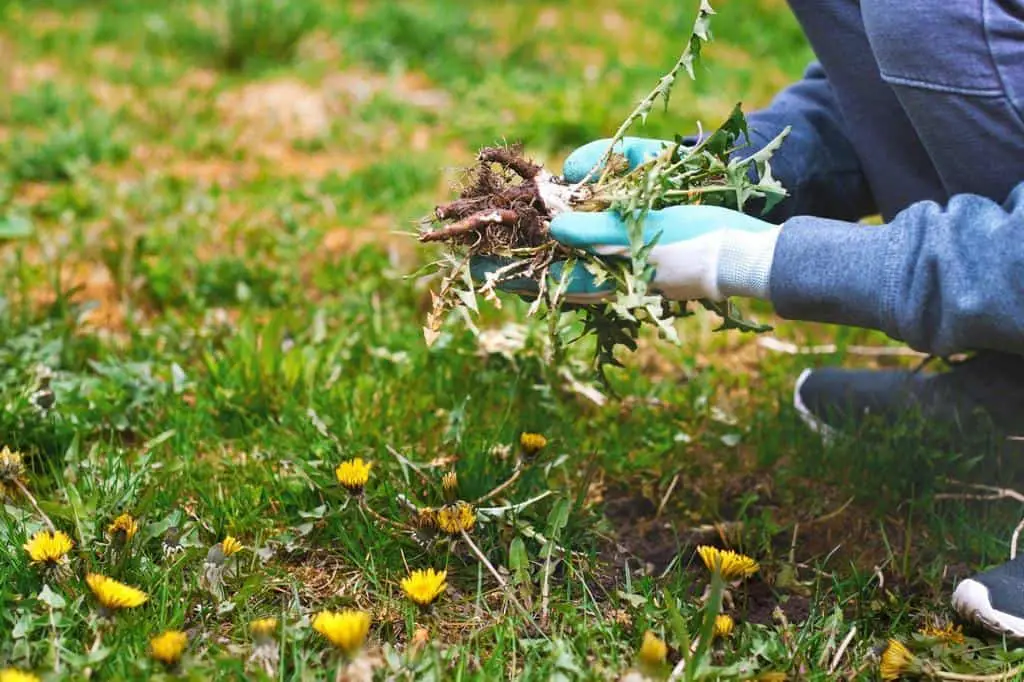
Are you getting ready to plant a new lawn or garden and wondering if you need to remove dead weeds before seeding? The short answer is yes! Dead weeds can cause problems for your new plants, making it harder for them to establish roots and access nutrients.
But don’t worry, we’ve got you covered! In this article, we’ll explain why it’s important to remove dead weeds before seeding and give you some tips for doing it effectively.
By the end, you’ll have all the knowledge you need to ensure that your new plants get the best possible start in life. So if you want to ensure a successful garden, keep reading for our expert tips on how to seed your garden right. So let’s get started!
Why Do You Need to Pull Weeds Before Seeding?
When it comes to planting seeds in your garden, it’s important to ensure that the soil is ready and prepared to support the growth of new plants. One of the most important steps is removing any existing weeds from the area where you plan to plant. Here’s why pulling weeds before seeding is so important:
- First, weeds can compete with your newly planted seeds for nutrients and water. When weeds are left in the soil, they will continue to grow and take up valuable resources that your new plants need to thrive. This can lead to stunted growth or even death for your new plants.
- Second, weeds can also provide shelter and food for pests that can damage or destroy your new plants. Pests such as aphids and spider mites often feed on the leaves of weeds, and then move on to other plants in the area. By removing weeds before seeding, you’re reducing the potential habitat and food sources for these pests.
- Third, some types of weeds can actually release chemicals that inhibit the growth of other plants. This is known as allelopathy and can be a major problem for gardeners trying to establish new plants. By removing weeds before seeding, you’re reducing the risk of these chemicals interfering with the growth of your new plants.
- Finally, removing weeds before seeding can also help to improve the overall appearance of your garden. Weeds can be unsightly and can detract from the beauty of your new plants. By taking the time to remove weeds before seeding, you’ll be creating a clean and healthy environment for your new plants to grow.
Understanding Dead Weeds and Their Impact on Seed Growth
Dead weeds, just like living ones, can have a significant impact on the growth of newly seeded plants. Dead weeds can take up valuable space, moisture, and nutrients in the soil that would otherwise be available for your new plants. However, not all dead weeds are created equal when it comes to their impact on seed growth.
For example, if the dead weeds in your garden are still standing upright and haven’t been removed, they can create a barrier to new seedlings, making it more difficult for them to break through the soil and get the nutrients they need to grow.
In addition, dead weeds that are still attached to their roots can create a dense mat that can make it difficult for water and air to penetrate the soil, which can ultimately impact the health of your new plants.
On the other hand, if the dead weeds have been completely removed from the soil, they can actually provide some benefits to your newly seeded plants. Dead weeds can help to break up the soil and add organic matter, which can help to improve the overall health of the soil. Moreover, the decomposition of the dead weeds can release valuable nutrients into the soil, which can benefit your new plants.
Do I Need To Remove Dead Weeds Before Seeding?
One of the most common questions gardeners ask is whether they need to remove dead weeds before seeding. The answer to this question depends on several factors, including the type of weeds that have died, the condition of the soil, and the timing of the seeding.
The first factor to consider is the type of weeds that have died. If the dead weeds are annuals, which only grow for one season and then die off, they can be left in place as long as they are not blocking the sun or competing with the new seeds for nutrients and water.
However, if the dead weeds are perennials, which grow back year after year, it is important to remove them completely before seeding. Perennial weeds have deep root systems that can continue to compete with the new plants for nutrients and water even after they have died.
Another factor to consider is the condition of the soil. Just planting seeds on top of dead weeds won’t work if the soil is too compacted or doesn’t have enough nutrients. In fact, the new seeds may struggle to take root and grow properly, ultimately leading to a failed garden. In such cases, it is important to remove the dead weeds and properly prepare the soil before seeding.
The timing of the seeding is another important factor to consider. If the dead weeds have been removed and the soil has been properly prepared, it is important to time the seeding properly to ensure that the new plants have the best chance for success. For example, if you are seeding in the fall, it is important to do so early enough in the season to allow the new plants to establish themselves before the first frost.
It is also important to consider the overall health of the garden. If there are many dead weeds or other debris in the garden, it may be a sign of poor soil health or other underlying issues. In such cases, it is important to address these issues before seeding to ensure the best possible outcome for the new plants. You can use dead weeds as mulch to enhance soil nutritiens.
Factors to Consider Before Seeding Over Dead Weeds
Before seeding over dead weeds, there are several important factors that gardeners should consider. While it may seem like an easy solution to simply plant new seeds over an existing patch of dead weeds, doing so can actually have negative consequences for the health and success of your garden.
1. Condition of Soil
One of the primary factors to consider is the condition of the soil beneath the dead weeds. If the soil is compacted or lacking in nutrients, simply planting new seeds over the dead weeds will not result in successful growth. In fact, the new seeds may struggle to take root and grow properly, ultimately leading to a failed garden.
2. Type of Weeds
Another important factor to consider is the type of weeds that have died. Some weeds have deep roots that can continue to compete with new plants for nutrients and water, even after they have died. In such cases, it is important to remove the dead weeds and their root systems before seeding to ensure that the new plants have the best chance for success.
3. Age of Weeds
The age of the dead weeds is another important factor to consider before seeding. If the weeds have been dead for an extended period of time, they may have decomposed and left behind a layer of organic matter that can actually encourage the growth of fungal diseases. This can be especially bad for plants like tomatoes and peppers, which are more likely to get diseases from fungi. In such cases, it is important to remove the dead weeds and any other organic matter before seeding.
4. Timin of the Seeding
Another factor to consider is the timing of the seeding. If the dead weeds have been removed and the soil has been properly prepared, it is important to time the seeding properly to ensure that the new plants have the best chance for success. For example, if you are seeding in the fall, it is important to do so early enough in the season to allow the new plants to establish themselves before the first frost.
How to Remove Weeds Properly Before Seeding
Before you plant seeds, you need to get rid of weeds so that your plants can get the nutrients and water they need to grow well. Weeds can compete with your new seeds for water, nutrients, and sunlight, which can stunt their growth or even cause them to die.
The first step to removing weeds is to identify them. Weeds can take many forms, from broadleaf to grassy, and can vary in size and color. Once you’ve identified the weeds, you can start to remove them.
One effective method for removing weeds is to use a hoe or a cultivator to loosen the soil around the weed’s roots. Then, grasp the weed firmly by the base and pull it out of the soil, making sure to remove as much of the root as possible. Be careful not to damage the soil or the roots of your desired plants.
Another option is to use a weeding tool or a weed puller. These tools are designed to remove the entire weed, including the root, without disturbing the surrounding soil. Simply position the tool around the base of the weed and pull it out of the ground. This method can be particularly effective for removing weeds in tight spaces or areas with dense plant growth.
For larger areas or particularly stubborn weeds, using a weed killer may be necessary. Be sure to choose a weed killer that is safe for use around the plants you want to grow and follow the instructions carefully. It’s important to note that weed killers can also harm beneficial insects and pollinators, so use them sparingly and only when necessary.

